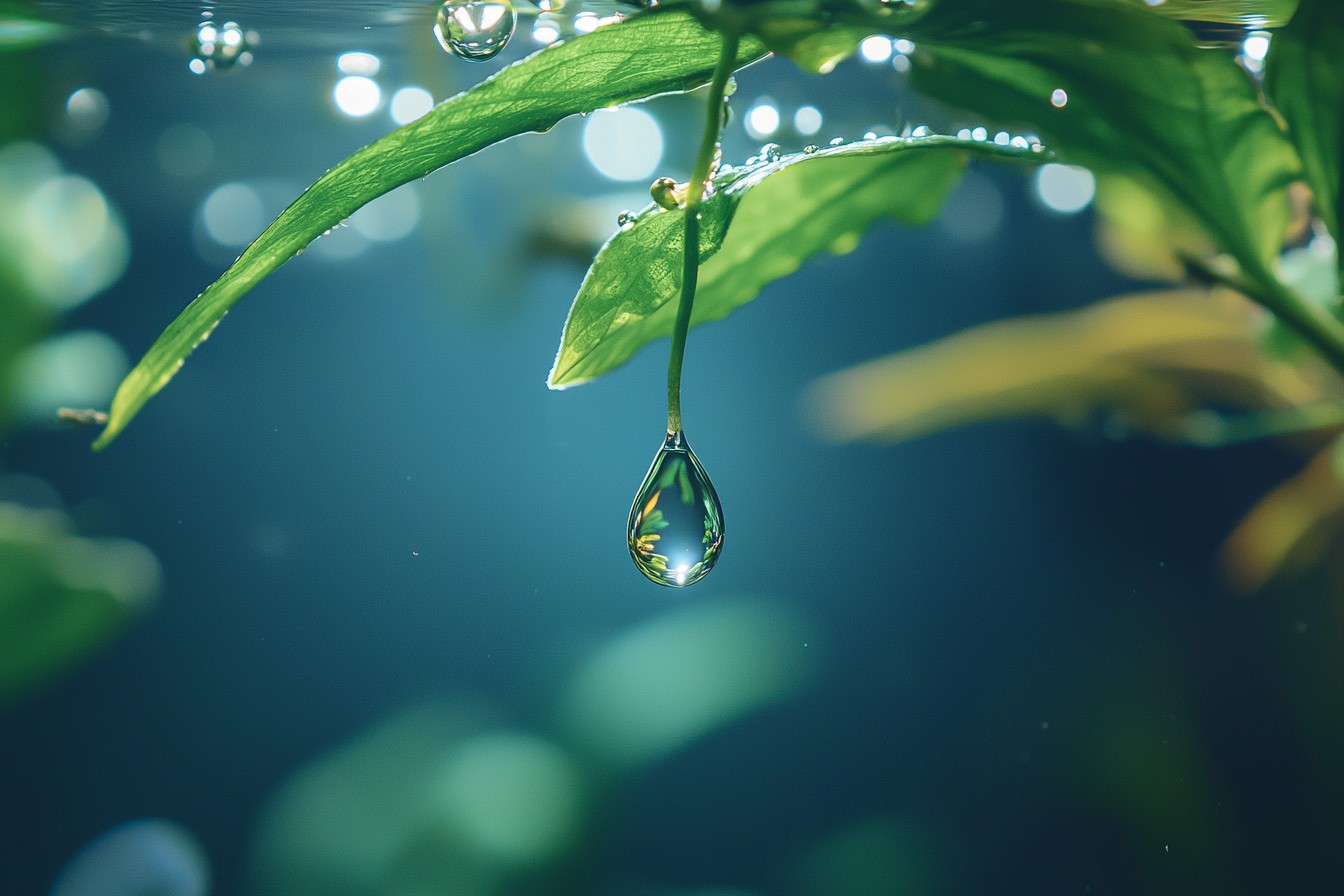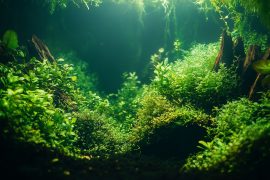I killed my first fish with a hot water bottle. Not intentionally, of course. I was ten, and Florida had this freakish cold snap that dropped temperatures into the 40s.
Our heater broke, and I panicked about my guppies getting too cold. So I filled a hot water bottle and floated it in the tank, thinking I was being clever. Two hours later, I had a tank full of belly-up fish and a hard lesson in thermal shock.
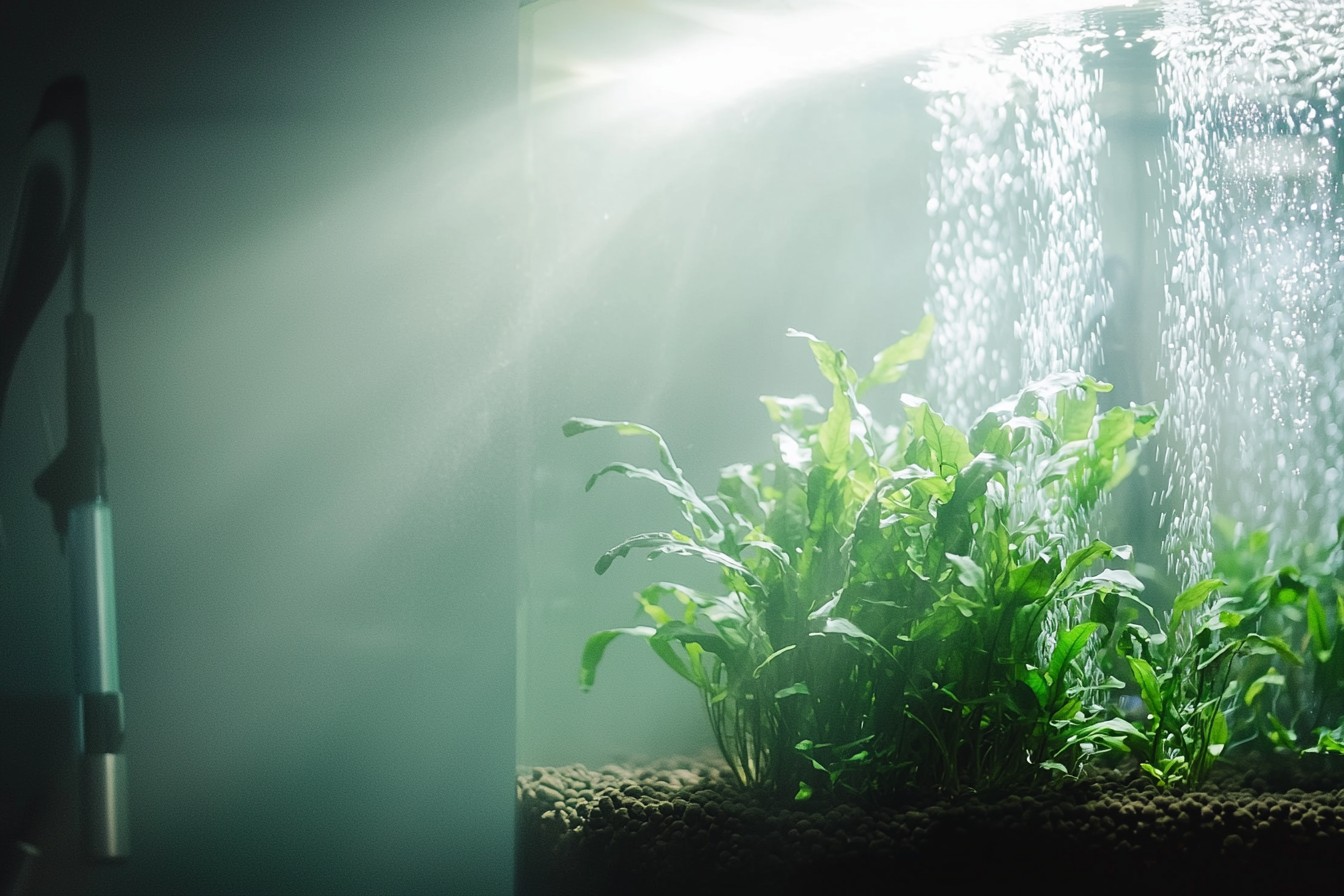
My mom found me sobbing on the bathroom floor, holding a net full of tiny corpses. Not my finest moment. Temperature is one of those things that seems simple but gets complicated real fast in an aquarium.
It’s not just about keeping water “warm enough” or “cool enough”—it’s about stability, gradual changes, and understanding what your specific fish actually need. And boy, do those needs vary wildly. Take bettas, for instance.
These gorgeous fish have become the poster children for “easy” fishkeeping, which is painfully ironic considering how many die from improper conditions. They’re tropical fish, native to the warm waters of Thailand, where temperatures typically hover between 75-80°F. Yet I can’t tell you how many times I’ve seen them kept in unheated bowls where temperatures drop into the 60s at night.
At those temperatures, their immune systems basically shut down. They might not die immediately, but they’re sitting ducks for every pathogen that comes along. On the flip side, I’ve worked with mountain stream species like rainbow shiners that will literally cook if kept in “standard” tropical temperatures.
These beautiful native fish thrive in cooler water around
68-72°F and start showing stress when temperatures climb above 75°F. Their metabolism kicks into overdrive, their oxygen needs increase, and eventually, they succumb to the cumulative effects of that stress. Even within the same species, there can be vast differences in temperature tolerance based on where the fish originated.
I once kept two groups of cardinal tetras—one wild-caught from the Rio Negro and one tank-raised in Florida. The wild fish showed vibrant coloration and active behavior in slightly warmer water (around 82°F) that matched their blackwater habitat, while the tank-raised ones seemed happiest at a more moderate 78°F. Same species, different preferences.
But here’s the kicker—it’s not just about the average temperature. It’s about consistency. Fish are ectothermic, meaning their body temperature matches their environment.
They don’t have our luxury of internal temperature regulation. A sudden swing of even 3-4 degrees can trigger stress responses that compromise their immune systems. I’ve seen entire tanks of fish come down with ich (that nasty white spot disease) after nothing more than a water change with slightly too-cool water.
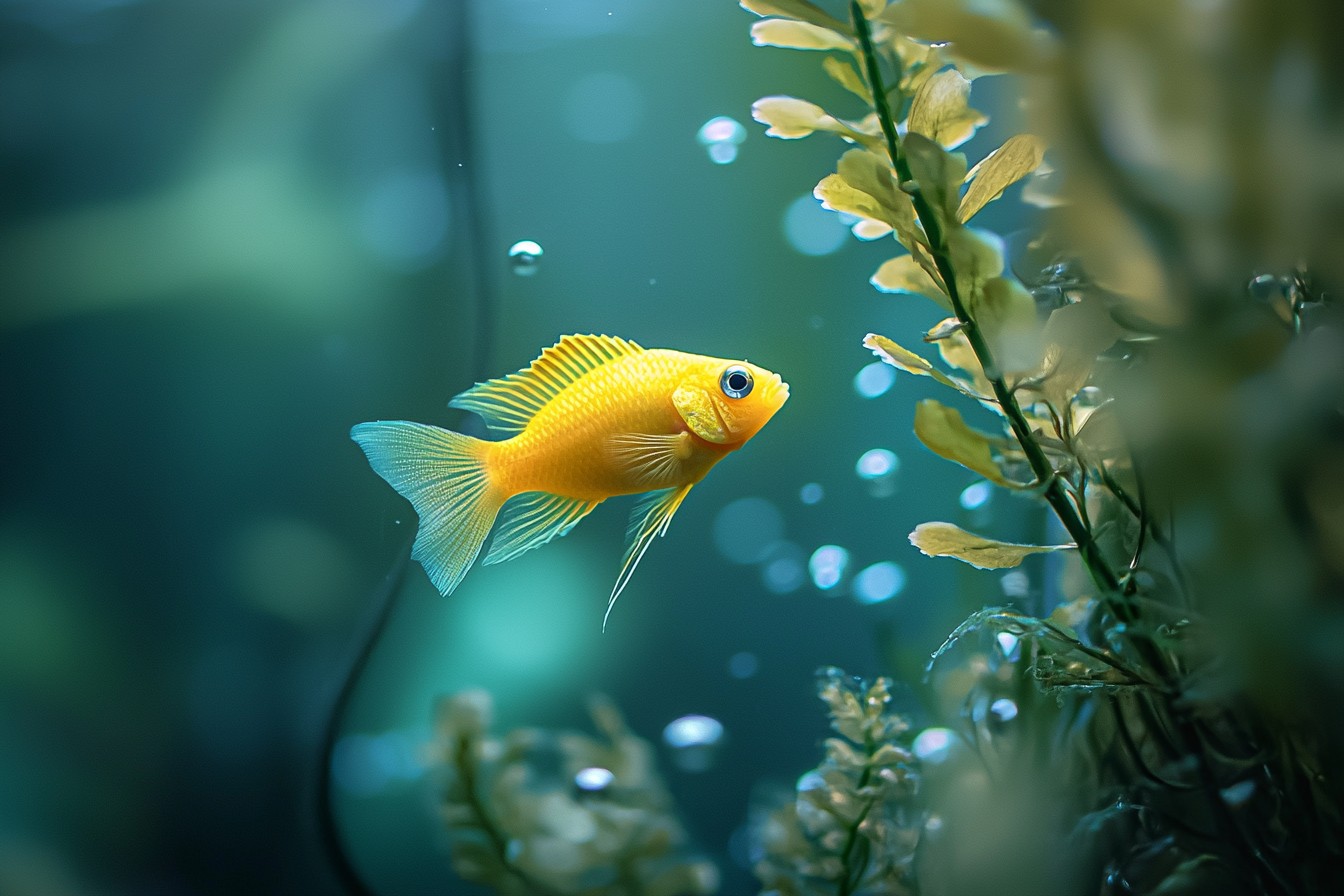
I learned this lesson dramatically during a power outage in my apartment a few years back. The temperature in my 120-gallon South American community tank dropped from 79°F to 72°F over about four hours. Not catastrophic, but fast enough to stress the fish.
Three days later, I was battling a columnaris outbreak that ultimately claimed two of my prized angelfish. The bacteria had already been present in the tank, but the temperature stress gave it the foothold it needed to become a problem. Water temperature affects practically everything in an aquarium ecosystem.
It influences:
Metabolism and growth: Warmer water typically means faster metabolism, which translates to faster growth in young fish but also shorter lifespans in many species. I’ve raised identical clutches of angelfish at different temperatures (78°F vs. 82°F) and watched the warmer group reach sexual maturity almost three weeks before their cooler counterparts.
They also died younger. Oxygen levels: This is a big one that many hobbyists miss. Warmer water holds less dissolved oxygen.
That 90°F cichlid tank might match their natural habitat, but without serious surface agitation or additional aeration, you could be slowly suffocating your fish. I lost an entire group of discus this way during a Florida summer when my A/C went out while I was at work. The temperature climbed to 92°F, the oxygen levels plummeted, and by the time I got home, $700 worth of fish were gone.
I literally sat on my kitchen floor and cried that night. Breeding triggers: Many species use temperature changes as spawning cues. For years I couldn’t get my gold rams to breed successfully until a more experienced keeper suggested I try mimicking the seasonal temperature shifts of their native Colombian streams.
Dropping the temperature by 2 degrees over a week, then slowly raising it back up while increasing feeds—boom, eggs within three days. Nature’s rhythms are powerful things. Disease resistance and progression: This is where temperature gets really interesting.
Many fish pathogens have optimal temperature ranges too. Ich, for instance, can be treated by carefully raising tank temperature (to around 86°F for most tropical fish) because the parasite can’t complete its lifecycle at higher temperatures. Conversely, certain bacterial infections thrive in warmer water.
Finding the balance between what stresses the pathogen without stressing your fish is a delicate dance. So how do you get it right? First, research your specific species.
And I don’t mean a quick Google search that gives you a broad range like “72-82°F”—that’s a 10-degree spread, which is enormous in aquatic terms! Dig deeper. Look at where the fish naturally occurs, what the seasonal variations are in that region, and what other keepers have observed.
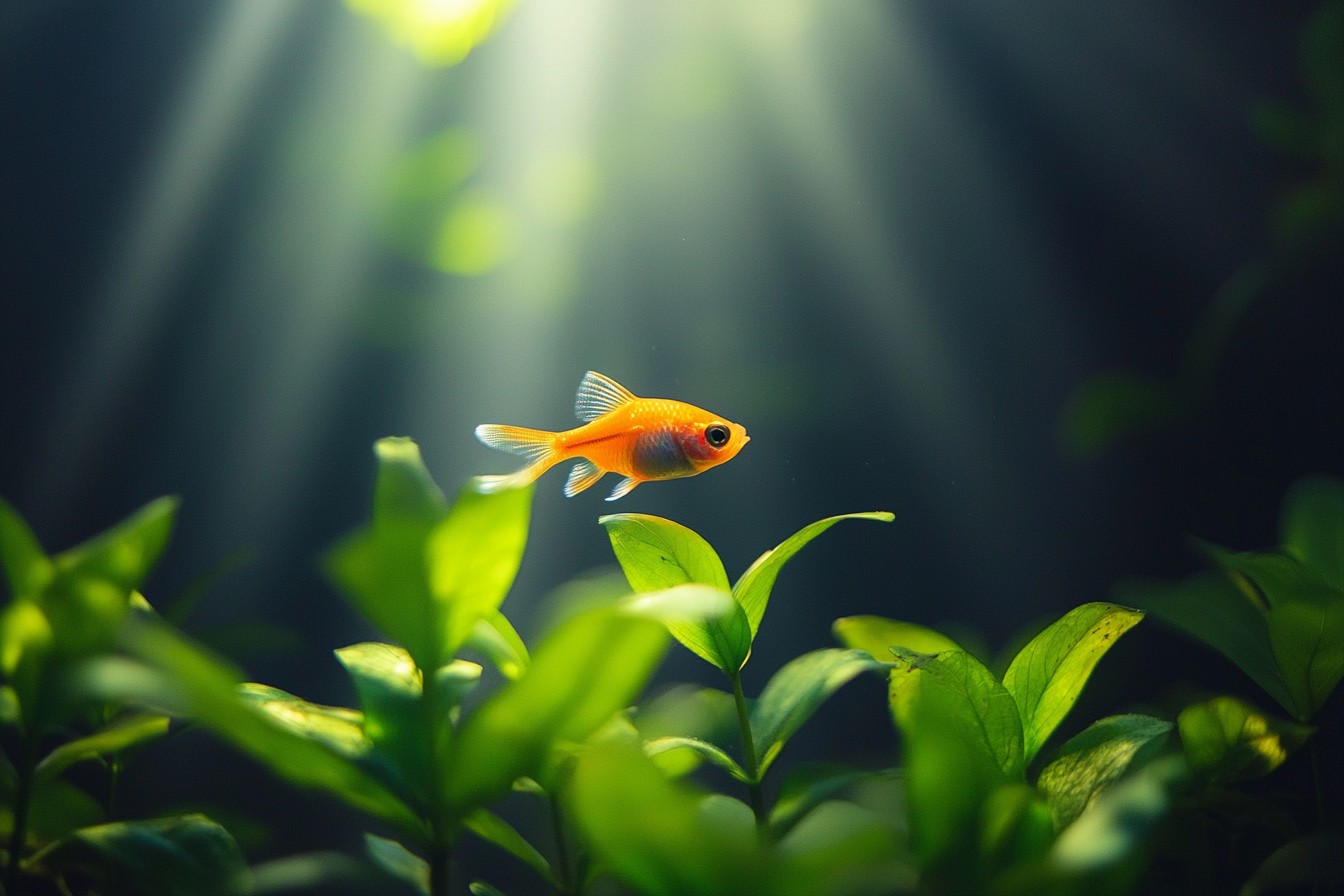
My cardinal tetras do best at 80-82°F with minimal fluctuation, while my cherry barbs thrive around 74-76°F and can tolerate more temperature swing. Invest in proper equipment. A good heater is non-negotiable for tropical species, and it should be rated appropriately for your tank size.
I always use heaters rated for about 1.5 times my actual tank volume to ensure they’re not constantly running at full capacity, which can lead to failures. For larger tanks, multiple smaller heaters provide redundancy—if one fails, you don’t lose all heating capacity. For coolwater species, you might need a chiller, especially in warmer climates.
These are expensive, bulky, and use plenty of electricity, but they’re essential for keeping certain species. My native tank with rainbow shiners and darters has a small chiller that kicks on when temperatures rise above 74°F. It’s not subtle (sounds like a small refrigerator), but it keeps my fish alive during Florida summers.
Use a good thermometer—and don’t rely on the ones built into heaters or stuck to the outside of the tank. I keep digital thermometers with probes in all my tanks, positioned away from the heater and filter output to get an accurate reading of the average tank temperature. Be mindful of external factors.
Tanks near windows can experience temperature swings from direct sunlight. Air conditioning vents can create cold spots. Even the heat from lights can raise water temperature more than you might expect—my old metal halide lights would raise my reef tank temperature by nearly 3 degrees over the course of the day.
Perhaps most importantly, understand that temperature changes should almost always be gradual. If you need to adjust your tank temperature (like when treating for ich), do it slowly—no more than 1-2 degrees per day. The exception is emergency cooling if your tank is dangerously overheated, but even then, you want to bring it down carefully to avoid shock.
I keep logs for all my tanks, tracking temperature along with other parameters. Over time, you start to see patterns—how filter cleaning affects temperature stability, how ambient room temperature influences your tank, even how adding or removing plants changes the thermal dynamics. This kind of observation has saved more fish than I can count.
The bottom line is that getting temperature right isn’t just about preventing immediate death—it’s about creating conditions where your fish can truly thrive. I’ve seen the same species kept at different temperatures display vastly different coloration, activity levels, and lifespans. A properly heated tank might mean the difference between your neon tetras living for 1-2 years or reaching their full potential of 8-10 years.
So check your temperatures, do your research, and remember—that digital readout represents more than just a number. It’s a fundamental aspect of the artificial environment we create for these animals that depend entirely on us for their wellbeing. Get it right, and everything else in the tank works better.
Get it wrong, and… well, you might end up like ten-year-old me, learning one of aquarium keeping’s hardest lessons the worst possible way.
